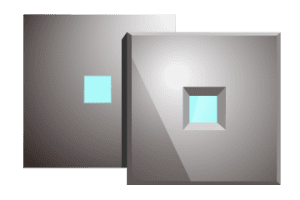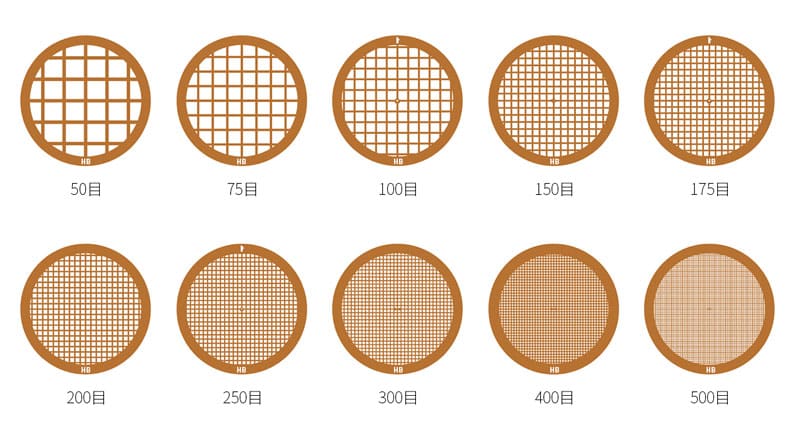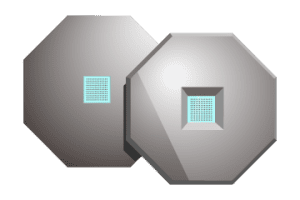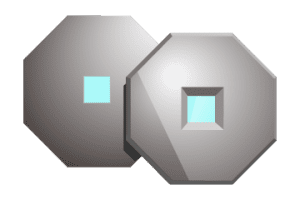
In-depth science: introduction, types and applications of electron microscope carrier mesh (copper mesh)

Basic concepts of electron microscope carrier network
It is a flat disk with a grid structure or other shaped holes. Its main function is to support and hold the sample during TEM observation, so that the sample remains stable while being observed in TEM.
Holes in the carrier mesh allow the electron beam to pass through the mesh, allowing the sample to be transmitted and observed by the electron beam. Depending on the needs of the sample to be observed, polymer and carbon films are loaded on the carrier mesh to make a carrier mesh (support film).
Types of electron microscope carrier networks
There are different classifications for transmission electron microscopy, including mesh shape and structure, mesh size, mesh material and special mesh.
Mesh shape structure

Mesh size

Carrier mesh material
The material of the carrier mesh has an important influence on the sample preparation and observation results. Different materials have different properties such as conductivity, strength and stability. For example, copper mesh is a commonly used carrier material with good electrical conductivity and strength, but under some specific experimental conditions, other materials such as nickel, molybdenum, gold, titanium, aluminum, etc. are also required.

Special Application Carrier Network
Stalked Network
Duplex Carrier Network

Focused Ion Beam Carrier Network (Lift Out Grids)
Coordinate carrier network

Types of electron microscope carrier networks
In Materials Science, transmission electron microscopy carrier grids can be used to prepare and observe the microstructure and morphology of various materials. Transmission electron microscopy (TEM) grids can provide sufficient support and fixation to prepare uniformly sized and shaped samples for observation and analysis in TEM. In addition, different types and sizes of TEM carriers can be used for specific experimental needs, such as electron beam etching and chemical etching.
In Biology, the transmission electron microscope carrier network also plays a very important role. Biological samples often need to be sectioned or cut into very thin samples for observation in the transmission electron microscope. These sections must be placed on a carrier mesh and require special handling to ensure their structural integrity and observability. The use of a transmission electron microscope carrier mesh can improve the precision and reproducibility of sample preparation, as well as reduce errors and uncertainties during sample preparation and observation.
In Nanotechnology, transmission electron microscopy carrier grids are also widely used for the preparation and observation of nanomaterials. Nanomaterials usually have very small sizes and special structures, and the observation of these materials in a transmission electron microscope requires the use of a transmission electron microscope carrier mesh. The transmission electron microscope carrier mesh can provide sufficient support and fixation to prevent the deformation and movement of nanomaterials during preparation and observation. In addition, the use of different types and sizes of transmission electron microscope carriers allows for the positioning and quantitative analysis of nanomaterials.
Properties of diamond films and their applications
Properties of diamond films and their applications Diamond has a range of excellent properties
Atomic Layer Deposition (ALD) Principles, Benefits, and Applications
Atomic Layer Deposition (ALD) Principles, Benefits and Applications Atomic Layer Deposition
Influence of the annealing process on the platinum resistance
Influence of the annealing process on platinum resistors In the field of high-precision temperature measurement, thin-film



.jpg)